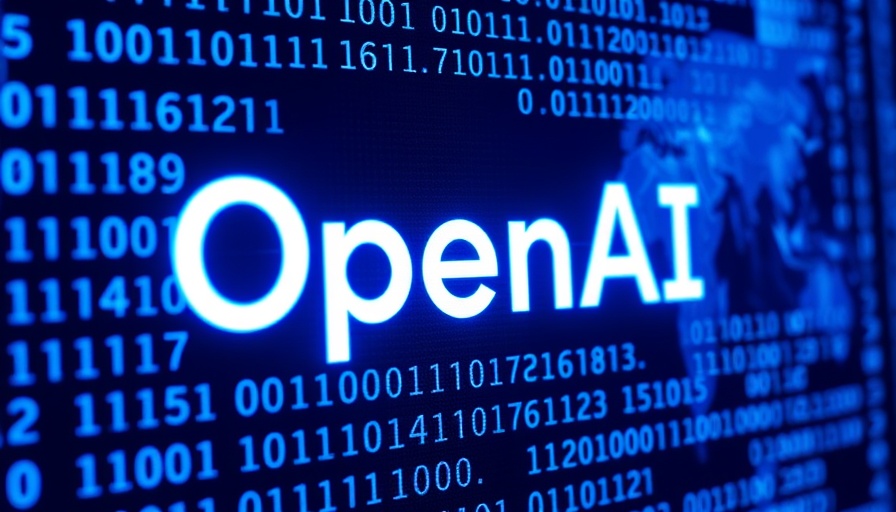
China's AI Ambitions: A New Frontier in Global Technology
In recent years, China has emerged as a formidable player in the field of artificial intelligence (AI), aiming not only for dominance but also to reshape the global technology landscape. This push has significant implications for innovation, international relations, and how AI technologies are developed and implemented worldwide.
AI: A Key Domain for National Strategy
China's strategy around AI stems from its broader national goals, encapsulated in the 'Made in China 2025' initiative. This blueprint seeks to establish the country as a leader across various industries, and AI constitutes a cornerstone of this vision. With substantial investments, the Chinese government aims to hone its capabilities and propel local companies onto the world stage, effectively challenging the tech giants of the West.
Understanding AI: A Beginner’s Outlook
For those just diving into the world of AI, grasping its fundamentals can seem daunting. Let’s break it down: AI refers to the simulation of human intelligence in machines programmed to think and learn. Concepts like machine learning and deep learning are pivotal here—machine learning is about systems improving from data over time while deep learning employs neural networks to analyze varying data sets. Learning AI basics lays the groundwork for understanding the technologies that could influence industries worldwide.
China's Strategies for AI Advancement
Investments in education and research are crucial to China's AI ambitions. The country is focusing on building a robust workforce skilled in technology and engineering, capable of innovating within the AI space. Chinese universities and research institutions are actively expanding their curriculums to include AI principles, ensuring that the upcoming generation is well-prepared for this digital evolution.
The Global AI Race: Collaborations and Conflicts
As nations accelerate their AI development, the implications extend beyond borders. China is not only investing in domestic enterprises but is also seeking collaborations globally to secure access to cutting-edge technology. However, this has fueled a competitive spirit, especially in the U.S. and Europe, which are striving to maintain their innovative edge. The dynamics of this technological race will likely shape geopolitical landscapes for years to come.
The Ethical Implications and Future of AI
With the rapid advancement of AI technologies, ethical considerations are increasingly coming into play. Debates about data privacy, algorithmic bias, and the societal impact of AI systems are pertinent issues that require careful scrutiny. As countries like China advance their technologies, maintaining ethical standards will be imperative to ensure AI technologies benefit society as a whole.
AI: Understanding Its Future
The future of AI looks promising, with endless possibilities awaiting exploration—particularly in areas like personalized healthcare, autonomous vehicles, and smart cities. As China continues to drive innovation, it poses essential questions regarding the role of government in technology and the potential for international cooperation versus competition. Engaging with AI concepts now can empower individuals to not only understand but also shape the dialogue surrounding AI advancements and their implications for the future.
With these insights in mind, I encourage you to dive deeper into the world of AI. Whether you’re a student, a young professional, or simply a curious tech enthusiast, exploring these technologies opens a window to tomorrow's possibilities. Seek out resources, engage with learning materials, and become part of the conversation about AI's impacting future!
 Add Row
Add Row  Add
Add 




Write A Comment